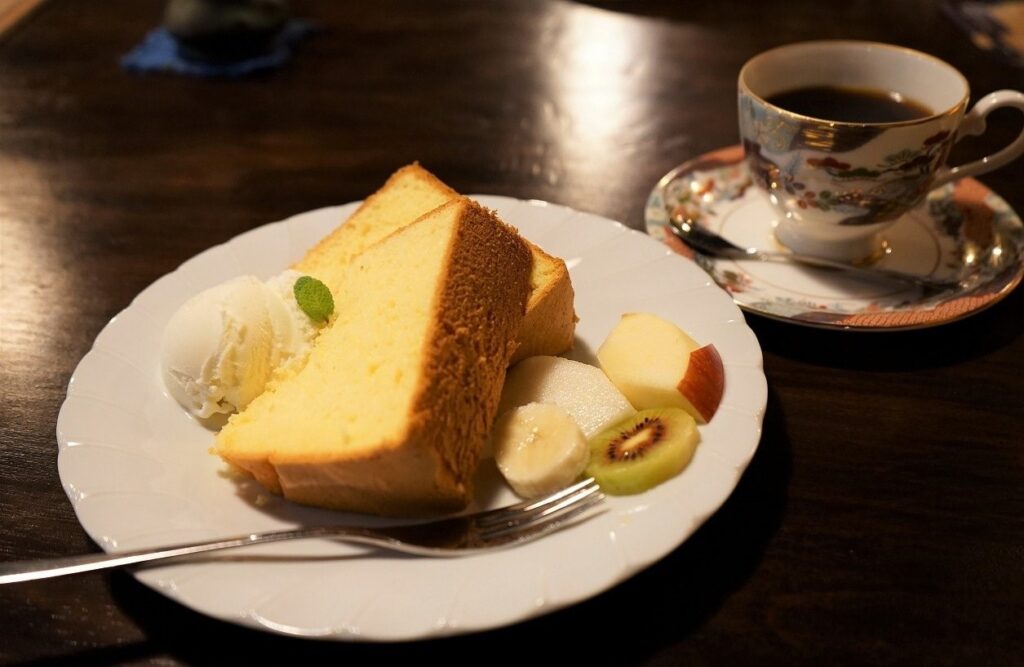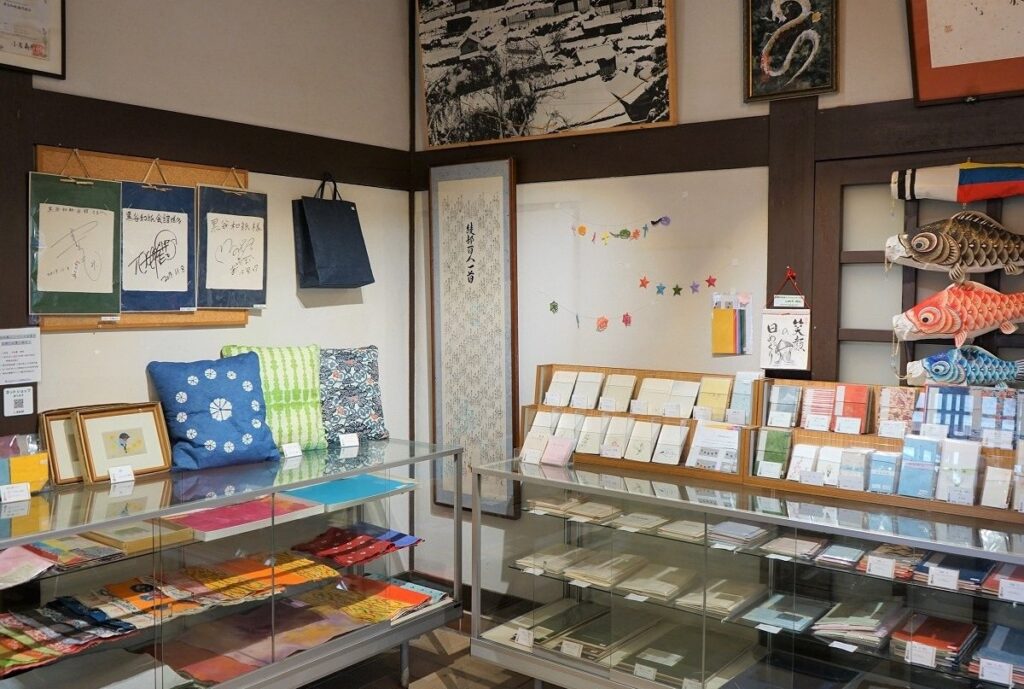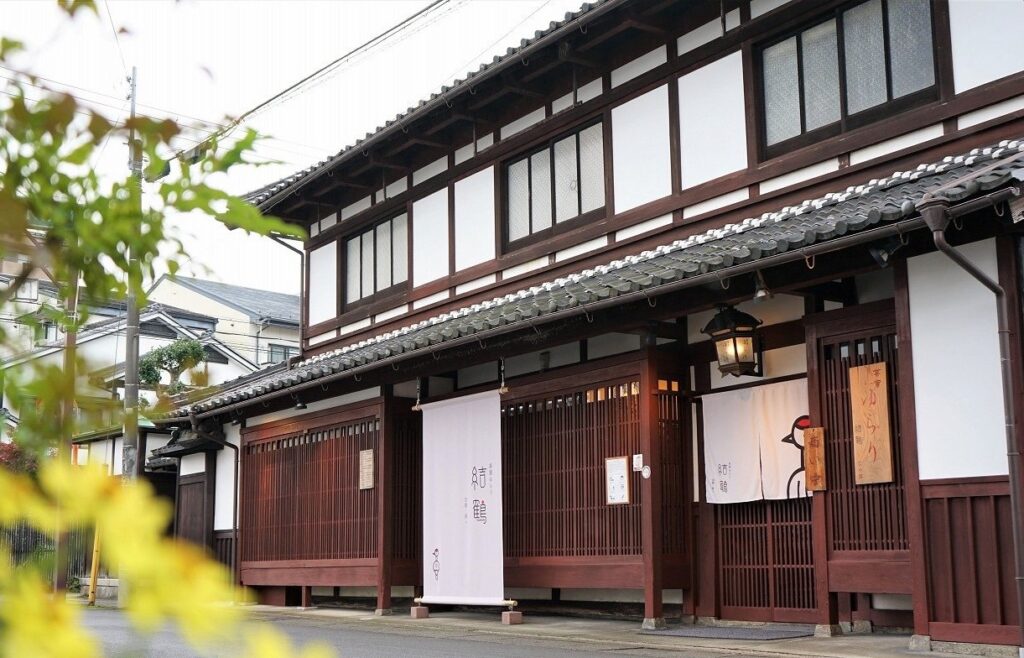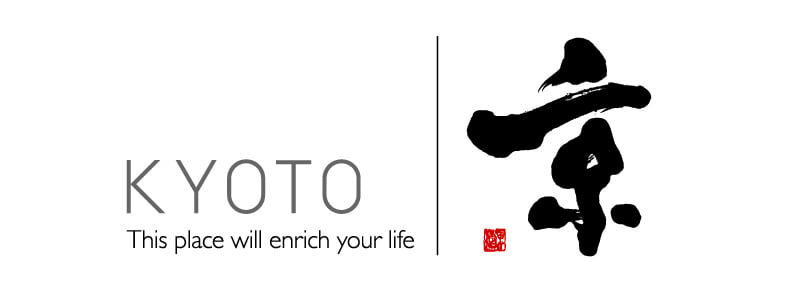About a ten minute walk from JR Kami-Yakuno Station, the Yakuno Woodware and Lacquerware Hall teaches the beauty of lacquerware through local legends and culture.
Inside is a gallery, an exhibition room, and a store. You’ll also find a studio where visitors can make their own lacquer art!
Making lacquerware is a complicated process that takes months. The resulting products are elegant and sturdy, gaining more luster as they age. This allows them to be treasured for generations.
If you’re more of a hands-on traveler, the Yakuno Woodware and Lacquerware Hall offers extensive lacquerware classes. Experience the fascinating process for yourself!
There are four courses (Japanese) to choose from. In the mini-course, you can attach pieces of silver leaf to the lacquerware and create your own patterns (1,930 yen). The light course allows you to design a picture using colored lacquer paint (1,540 yen). The master course offers a maki-e style painting experience using gold dust (5,280 yen). Finally, the top-tier premium course lets you stick silver sheets and seashells onto the lacquerware, which is then touched-up by a professional (7,460 yen). All courses require advance bookings.
We selected the light course, which takes around an hour to complete. First, you’ll need to purchase a piece of lacquerware from the shop. Then you’ll receive a patterned paper to create art with colored lacquer paint. After the workshop, you can take the lacquerware home. However, you need to wait three months before it’s safe to use!
The Yakuno Woodware and Lacquerware Hall is a part of the Roadside Station Nosho-no-sato Yakuno (Japanese). There are onsen, lodging facilities, restaurants, and shops selling local goods and produce!

























